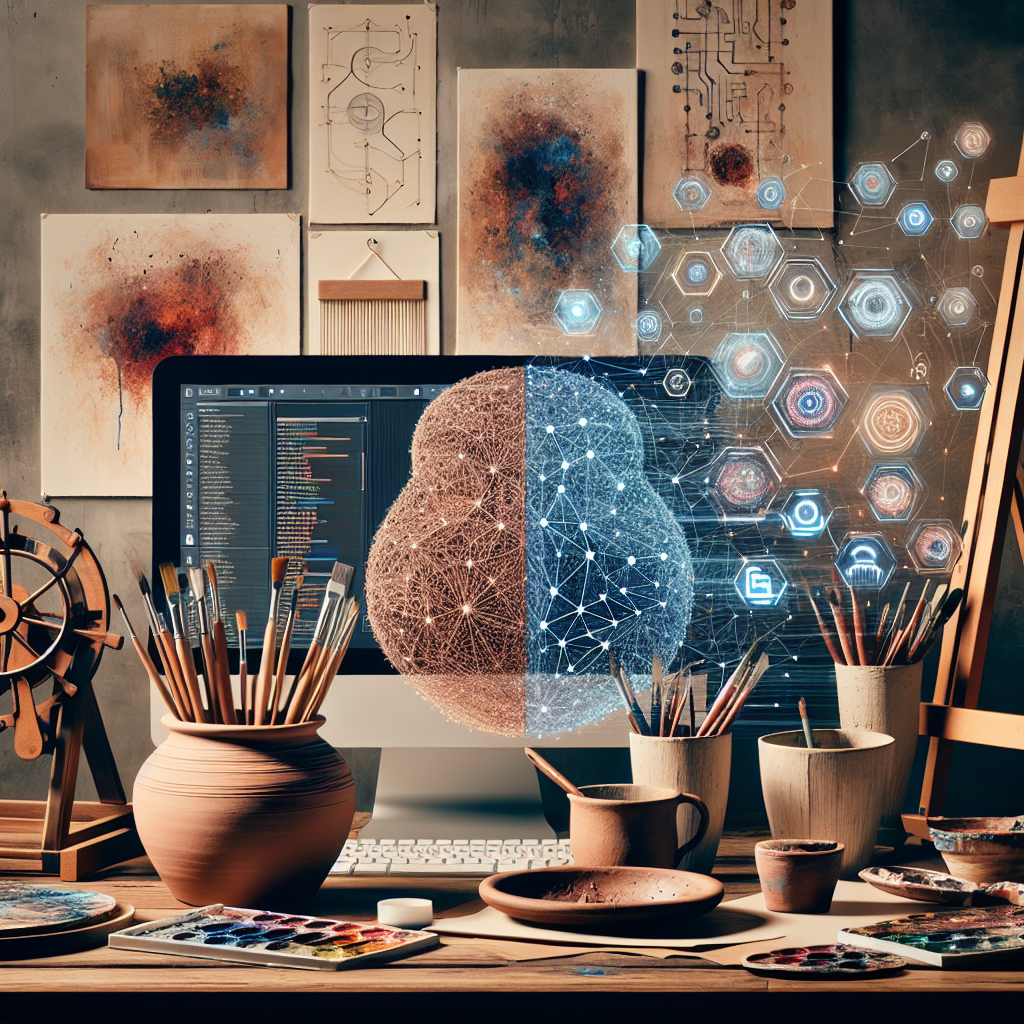The Creative Class: How AI is Empowering Artists and Designers
Artificial intelligence (AI) has been making waves in various industries, and the creative sector is no exception. With the rise of AI-powered tools and software, artists and designers are finding new ways to enhance their creativity, efficiency, and productivity. From generating new ideas to automating repetitive tasks, AI is revolutionizing the way creatives work and pushing the boundaries of what is possible in the world of art and design.
One of the most significant ways AI is empowering artists and designers is through the use of generative algorithms. These algorithms can analyze large datasets of images, text, or other forms of data to create new and unique designs, compositions, and concepts. This allows artists to explore new ideas and possibilities that they may not have considered otherwise.
For example, AI-powered tools such as DeepDream and Neural Style Transfer can create surreal and dreamlike images that push the boundaries of traditional art forms. These tools can analyze images and apply filters or transformations to create new and unique artworks that blend reality with fantasy.
In addition to generating new ideas, AI is also helping artists and designers automate repetitive tasks, such as image editing, color correction, and layout design. This allows creatives to focus on more high-level tasks, such as conceptualizing new projects and developing their artistic style.
AI-powered tools like Adobe Sensei and Canva’s Design AI can analyze images and suggest improvements or enhancements, such as cropping, color adjustments, and font recommendations. This not only saves time and effort for artists and designers but also helps them improve the quality of their work.
Furthermore, AI is enabling artists and designers to create interactive and immersive experiences that were previously out of reach. For example, AI-powered tools like Unity’s ML-Agents and Google’s Magenta can create interactive art installations, music compositions, and virtual reality experiences that engage and captivate audiences in new and exciting ways.
Overall, AI is revolutionizing the way artists and designers work by providing them with new tools, techniques, and capabilities that were previously unimaginable. By leveraging the power of AI, creatives can push the boundaries of their creativity, experiment with new ideas, and create innovative and groundbreaking artworks that inspire and captivate audiences around the world.
FAQs
Q: How can AI help artists and designers generate new ideas?
A: AI-powered tools can analyze large datasets of images, text, or other forms of data to create new and unique designs, compositions, and concepts. This allows artists to explore new ideas and possibilities that they may not have considered otherwise.
Q: Can AI automate repetitive tasks for artists and designers?
A: Yes, AI can help artists and designers automate tasks such as image editing, color correction, and layout design. This allows creatives to focus on more high-level tasks, such as conceptualizing new projects and developing their artistic style.
Q: How can AI help artists and designers create interactive and immersive experiences?
A: AI-powered tools like Unity’s ML-Agents and Google’s Magenta can create interactive art installations, music compositions, and virtual reality experiences that engage and captivate audiences in new and exciting ways.
Q: Are there any downsides to using AI in art and design?
A: While AI can provide artists and designers with new tools and capabilities, some may argue that it could lead to a homogenization of creativity or a loss of the human touch in art. It is important for artists and designers to use AI as a tool to enhance their creativity, rather than replace it entirely.

